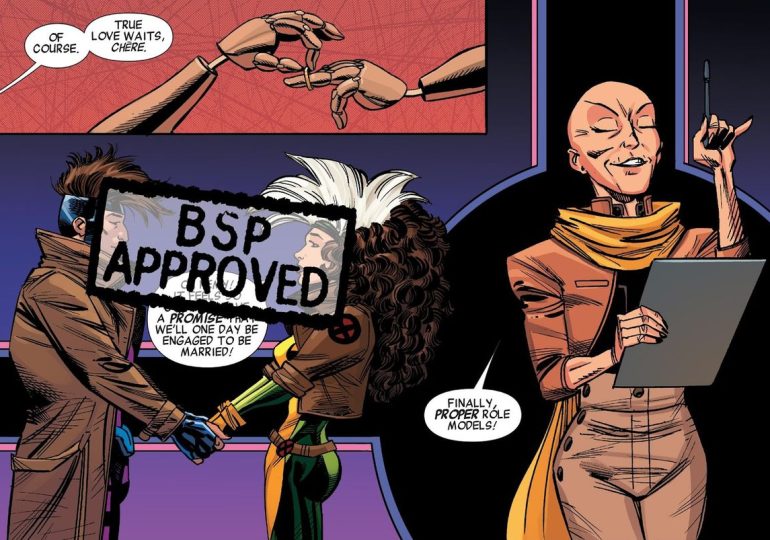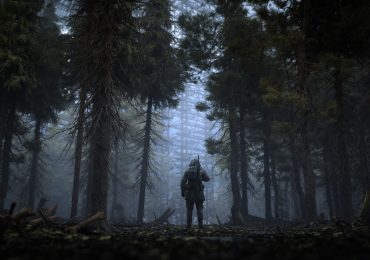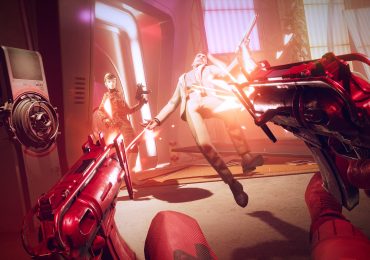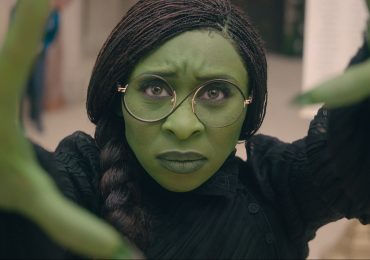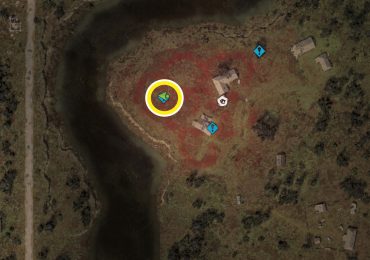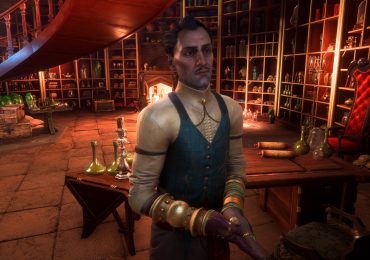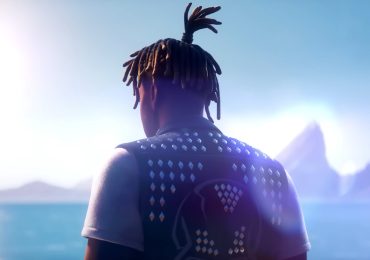After much anticipation, X-Men ’97, a direct continuation to X-Men: The Animated Series from the 1990s, hits Disney Plus this week. But it’s not the first time Marvel has dusted off the old series and revived it for a nostalgic new millennium.
Marvel Comics itself took a swing with X-Men ’92, published in 2015 and technically a Secret Wars tie-in (but don’t worry about it). For ’92, writers Chad Bowers and Chris Sims and artist Scott Koblish had to figure out how to make a comic book story that felt like a beloved cartoon show closely based on ’90s comics, without just replicating ’90s comics themselves. X-Men: The Animated Series definitely had its own vibe — but blocky animation doesn’t translate to still images, and once you put character designs ripped right out of the comics back on the page, they just look… like they’re from comics. Rogue and Gambit’s outrageous accents? From the comics. Storm’s operatic diction? The comics.
X-Men: The Animated Series was beloved because it was a truly excellent introduction not just to the characters of the X-Men, but their most compelling comic book storylines — or at least as close as the folks behind the show could get given television standards of the time. And so Bowers and Sims and Koblish made an interesting choice: According to their X-Men ’92, the thing that makes a story feel like the ’92 animated series is… censorship.
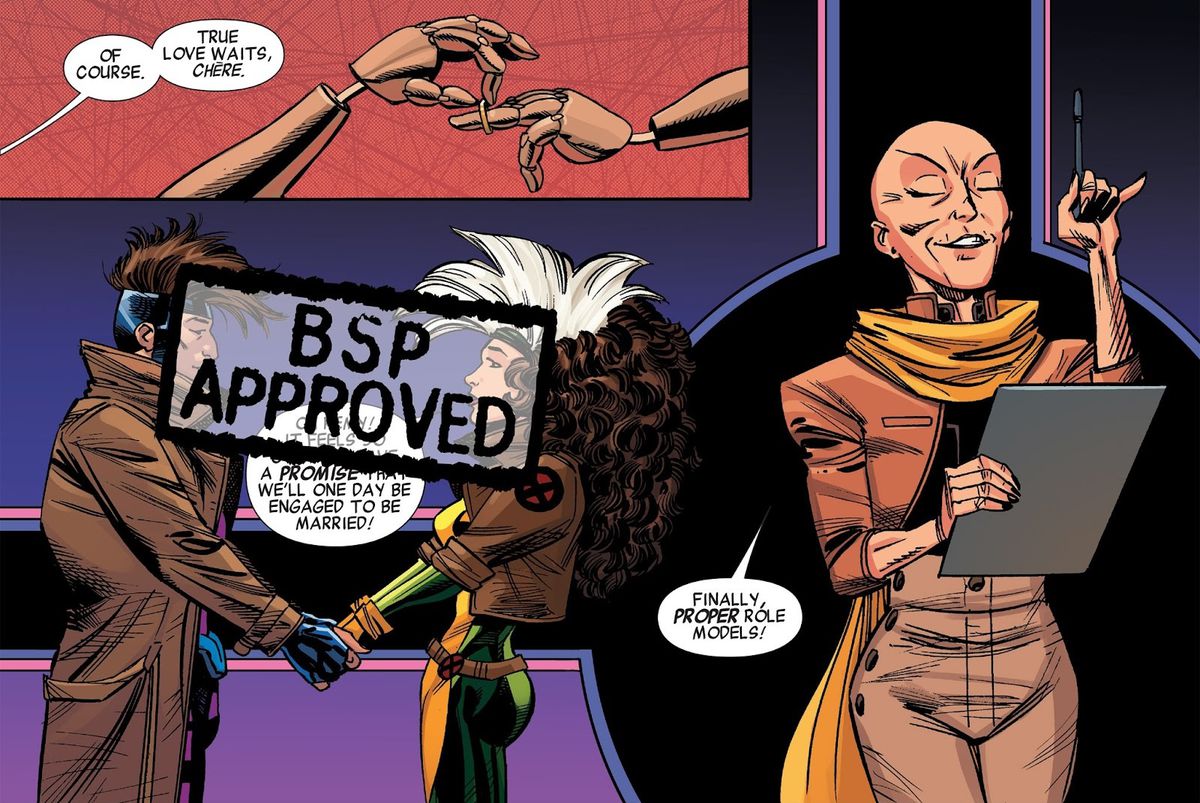
In the realm of cartoon adaptations of long-running comics series, X-Men: The Animated Series has always set itself apart by how closely it mimicked the comics it was based on. You could almost call The Animated Series more of a translation than an adaptation, with the way it directly adapted even comics stories published during the show’s run.
Or at least, it adapted them as best as it could — given a very different set of content standards.
Shall we go down the list? No cussing, so everyone, even Wolverine, uses incredible minced oaths. Every bad guy must show signs of life after they’ve been knocked down. Minimize direct and implied references to sex, religion, drugs, torture, funerals, and also any word derived from “kill.” And no blood! Sure, Wolverine’s got a healing factor, but we can’t show him getting bashed up too bad or running around too naked (comics love this). Instead, let’s emphasize his enhanced senses. And make sure the Sentinels are front and center; censors are totally fine with slicing and dicing robots or electrocuting them with Storm’s lightning, blasting holes through them with Cyclops’ force beams, bashing them to bits with Rogue’s super strength, and exploding them with Gambit’s playing cards.
X-Men wasn’t unusual for its era in the restrictions placed on it. But those rules were one thing for shows where Spider-Man or Batman punched bad guys until they hit the floor and groaned. It was quite another for the X-Men, whose most popular guy was a man made of knives who was constantly receiving wounds. And it was even more fraught for a close adaptation of X-Men stories, whose general popularity is locked around soap operatic romantic and sexual tension. Gambit and Rogue don’t want to get engaged, folks, they want to have piping-hot impossible-because-of-her-mutation premarital sex.
So when you set out to define what makes an “X-Men: The Animated Series-style story” different from an “X-Men comics-style story,” at some point you’re just going to be listing all the ways in which the comics stories had to change for kids’ TV. As a comic series trying to replicate the Animated Series tone, X-Men ’92 simply leaned into that, with a story about the X-Men fighting censorship itself.
In ’92, the X-Men face a villain they never could have fought in the animated series: Cassandra Nova, a character that could not be more at odds with the ’90s era of X-Men if she tried. Cassandra was the first major villain of Grant Morrison and Frank Quitely’s New X-Men, a run still renowned today for its radical redefinition of the X-Men. The first page of their first X-Men comic is a splash image of Cyclops and Wolverine casually dismembering a Sentinel, as Cyclops says, pointedly, “Wolverine, you can probably stop doing that now.”
Cassandra Nova was Morrison and Quitely’s first attempt to fill the antagonistic hole left by sweeping Sentinels off the table; a moral inverse to Professor X, who wanted to destroy all that he wanted to uphold. But for ’92 Bowers and Sims and Koblish gave Cassandra a new hook — this time, she doesn’t want to kill all mutants. She wants to bowdlerize all mutants.
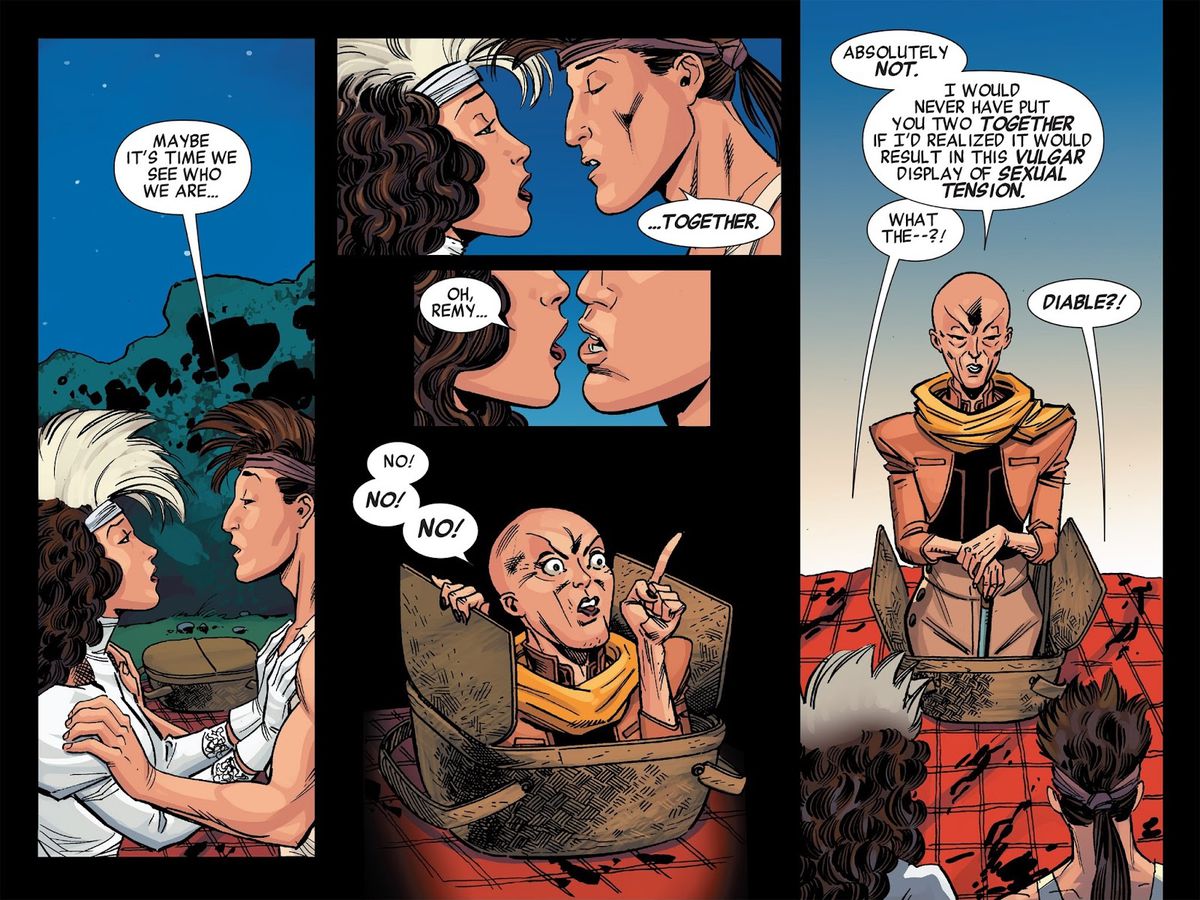
She captures the X-Men and either brainwashes them into compliance — Wolverine goes pacifist, Gambit puts a promise ring on Rogue and they swear to keep it abstinent until marriage — or traps them inside their own minds. In the end, Wolverine regains his claws after re-realizing they can be used to help people; Rogue and Gambit snap out of it when they remember that there’s more to being able to touch somebody than sex and marriage. The X-Men win the day, gaining a victory over simplistic reductions of morality.
The team behind X-Men ’97 certainly seemed to have asked themselves some of the same questions as the team behind X-Men ’92: Is this kids’ show revival for kids, or the grown adults who loved the first show? Do we preserve the bowdlerized ’90s tone? Will it even feel like the “real” X-Men cartoon without it?
Time has lent a measure of humor to the idea of a Wolverine who can’t cut anybody but robots and will only drink beer if someone could reasonably mistake it for soda. It’s quaint to look back on a time when kids’ cartoons were so limited in what they could portray, all because of a presumption of a pearl-clutching public.
Those presumptions have evolved — but it’s worth remembering that they haven’t gone away. There are new frontiers in the slow battle of attrition between kids’ TV showrunners and studio censors, and new creators pushing the envelope. After all, you’ll find every episode of X-Men: ’97 on Disney Plus, but you won’t find every episode of Bluey.
Here’s hoping that in another couple of decades, 2024’s broadcast standards seem as quaint as 1997’s, bub.
